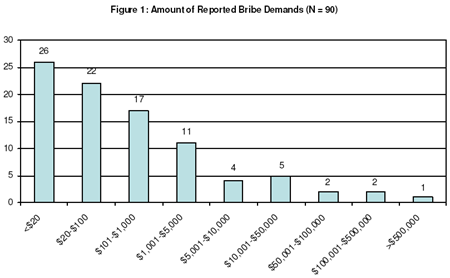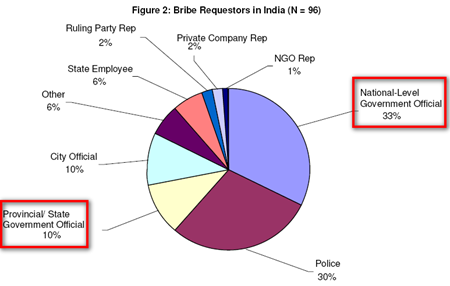Now He rattled by a spate of Central Information Commission (CIC) orders asking the judiciary to divulge details on sensitive issues like appointment of judges. Chief Justice of India K G Balakrishnan has written to Prime Minister Manmohan Singh seeking his help in exempting matters relating to administration of justice from the purview of RTI Act. [ Read Article ]
In his letter, he argued that "In USA, information about selection of judges could only be given to the public after 15 years of the event and in Australia, it was completely exempted from the purview of the right to information of public."
How on earth he can compare judicial and govt. machinary of US, Australia, UK etc with India. Entire world knows that Indian judiciary and govt. administration is immersed in curruption from HEAD to TOE.
An effective judicial system is best judge of function civil democracy. In any democratic country a judicial system must be transparent and work within the remit of defined laws.
Mr CJI does the Indian Judicial System is functioning ? Go and read your own words published in The Hindu news paper [ Judicial system in many States not proper: CJI ]
Mr CJI does the Indian Judicial System is honest and transparent ?
Go and read [India: Independence of and corruption within the judicial system (2007 - April 2009)]how other countries perceive indian judiciary that you are heading in this country.
According to the World Bank, "[a]lthough India's courts are notoriously inefficient, they at least comprise a functioning independent judiciary" (World Bank n.d.). The World Bank also indicates that in many states corruption investigations have "increased significantly" (n.d.). However, TI states that despite constitutional provisions for the independence and accountability of the judiciary in India, "corruption is increasingly apparent" (2007, 215).
Citing a United Nations Development Programme (UNDP) report, Global Integrity indicates that, in India, "initiatives like Right to Information (RTI) and e-governance, [as well as] computerization of judicial records for clearing [the] massive backlog of legal cases in courts ... have been instrumental in curbing corruption in the country" (2008).
Mr CJI, what has been achieved by the independence of judiciary over last 50 years ?
If this is what you have given for the independence over last 50 years, then you and your fellow army of judges do not deserve any more independence. This kind of Judiciary has become a burdon and nuisance for indian public.
India need far more tougher RTI Act than any other country in this world. It looks like Mr K G Balakrishnan (CJI) is holding the public office with oblique motives. Indian public need to come forward and guard RTI against any attempt to dilute it. The Prime Minister of India must sack CJI with immidiate effect and he must prove himself to the world that he is serious about corruption in the country and he is willing to take action to root out evil of corruption.



